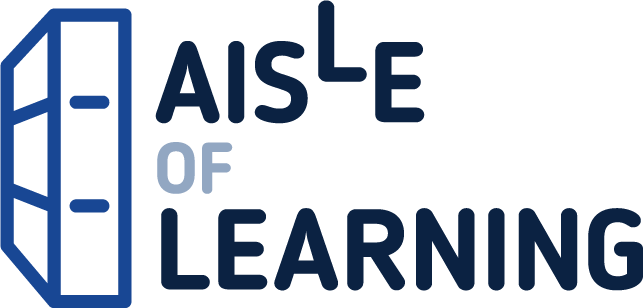Taking a step-by-step approach to modelling neurons and neural circuitry, this textbook teaches students how to use computational techniques to understand the nervous system at all levels, using case studies throughout to illustrate fundamental principles. Starting with a simple model of a neuron, the authors gradually introduce neuronal morphology, synapses, ion channels and intracellular signalling. This fully updated new edition contains additional examples and case studies on specific modelling techniques, suggestions on different ways to use this book, and new chapters covering plasticity, modelling extracellular influences on brain circuits, modelling experimental measurement processes, and choosing appropriate model structures and their parameters. The online resources offer exercises and simulation code that recreate many of the book’s figures, allowing students to practice as they learn. Requiring an elementary background in neuroscience and high-school mathematics, this is an ideal resource for a course on computational neuroscience.
Principles of Computational Modelling in Neuroscience
$65.54
This textbook teaches students how to use computational modeling to understand principles of neuroscience.
Additional information
| Weight | 1.089 lbs |
|---|---|
| Dimensions | 20.3 × 3.2 × 25.4 in |
Principles of Computational Modelling in Neuroscience
$194.16
This textbook provides a step-by-step account of how to model the neuron and neural circuitry to understand the nervous system.
The nervous system is made up of a large number of interacting elements. To understand how such a complex system functions requires the construction and analysis of computational models at many different levels. This book provides a step-by-step account of how to model the neuron and neural circuitry to understand the nervous system at all levels, from ion channels to networks. Starting with a simple model of the neuron as an electrical circuit, gradually more details are added to include the effects of neuronal morphology, synapses, ion channels and intracellular signaling. The principle of abstraction is explained through chapters on simplifying models, and how simplified models can be used in networks. This theme is continued in a final chapter on modeling the development of the nervous system. Requiring an elementary background in neuroscience and some high school mathematics, this textbook is an ideal basis for a course on computational neuroscience.
Features
- Used Book in Good Condition
Additional information
| Weight | 1.021 lbs |
|---|---|
| Dimensions | 19.1 × 1.9 × 24.8 in |
Reviews
There are no reviews yet.












Reviews
There are no reviews yet.